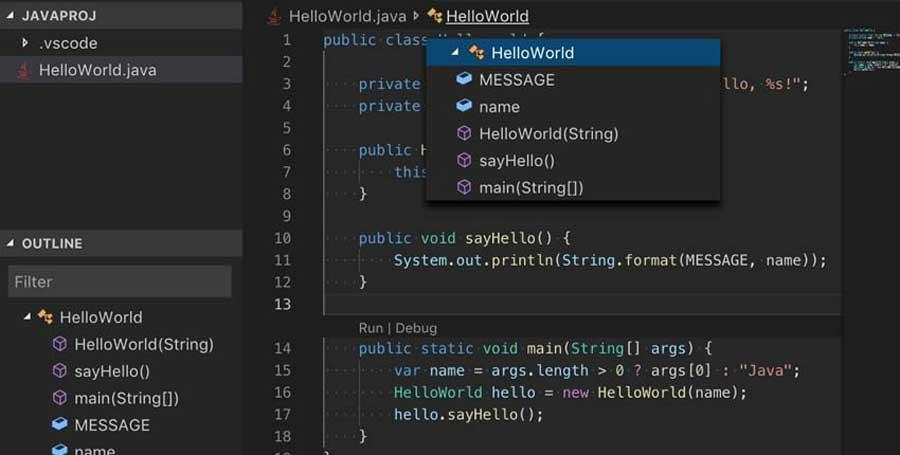
- Java update windows 10 how to#
- Java update windows 10 install#
- Java update windows 10 update#
- Java update windows 10 upgrade#
- Java update windows 10 windows 10#
Java update windows 10 how to#
We have seen how to do this using the Java Control Panel Window.Īlong the way, we have explained the importance of the Windows auto-update and how to downgrade Java.
Java update windows 10 update#
To sum it up, we explored different ways to update Java on Windows 10. So, we need always to make sure that our Java version is up to date. However, we need to keep in mind that installing an old Java version presents a serious security risk.
Java update windows 10 install#
The most straightforward possible way to downgrade our Java is to download and install the version we want from scratch.įor example, if we want to downgrade Java from 11 to 8, we need to uninstall the 11th version and install the 8th. Sometimes, we need to install an older version of Java to address some compatibility issues. Please bear in mind that we can disable Java automatic update. So, installing Windows updates from time to time keeps Java up to date.

Java update windows 10 windows 10#
The best way to launch a Java update on Windows 10 is to use the auto-update mechanism.Īuto-update helps keep the system in tip-top condition.
Java update windows 10 upgrade#
Next, navigate to the update tab and click on the Update Now button to upgrade Java to a newer version.įinally, follow the provided instructions to complete the Java update process. Follow these steps to open the Java Control Panel window.įirst, type Configure Java in the search box. Java Control Panel provides a handy way to upgrade Java.

Uninstall the installed version and install the new one In general, there are three ways to do this: Now that we know which version is installed, let’s see how to update Java on Windows 10. Java HotSpot(TM) 64-Bit Server VM (build 16.0.1+9-24, mixed mode, sharing)Īs we can see, we have installed Java 16.0.1. Java(TM) SE Runtime Environment (build 16.0.1+9-24) To do so, open a terminal and type java -version: Next up, we need to know which version is installed. Our article on how to install Java on Windows 10 does a great job in covering this topic. Updating Java regularly with the latest versions can help us enhance and improve performance and security.īefore diving deep into how to update Java, we need first to make sure that Java is already installed. It’s very important to keep any installed software up to date on our machine. Then, we are going to explain how to downgrade Java on Windows 10. At the end, we verified the installation of Java JDK 16 successfully.In this tutorial, we are going to cover in-depth how to update java on windows 10.įirst, we will shed light on how to update Java to a newer version. After installation, we also set the JDK path, without which the system won’t run Java programs. In this tutorial, we saw how to install Java 16 on Windows 10. If the above is visible, that would mean you have successfully installed Java 16 on Windows 10. Let us implement the command java –version on command prompt ( cmd) and verify Java installation: Type “ cmd” on “ START” and click to open Command Prompt as shown below: Now, we can easily verify whether the installation was successfully or not using the following command: Now, we will verify the JDK installation. This ends the installation and the procedure to set path for JDK. Repeat the same for all the opened dialog boxes.

Set the path wherein the Java 16 directories and files will get installed. Click on “ Next“:Īfter clicking Next, the following is visible. Now, go to “ Downloads” folder on your Windows 10 system and double click on the “ jdk-16_windows-圆4_bin.exe” file:ĭouble click on the exe file and the installation begins.

The downloaded jdk exe file will get saved in the “ Downloads” folder. Just wait for few minutes till the download finishes. “ jdk-16_windows-圆4_bin.exe” as shown below: Go to the bottom of the page, and click on the Windows installer i.e.


 0 kommentar(er)
0 kommentar(er)
